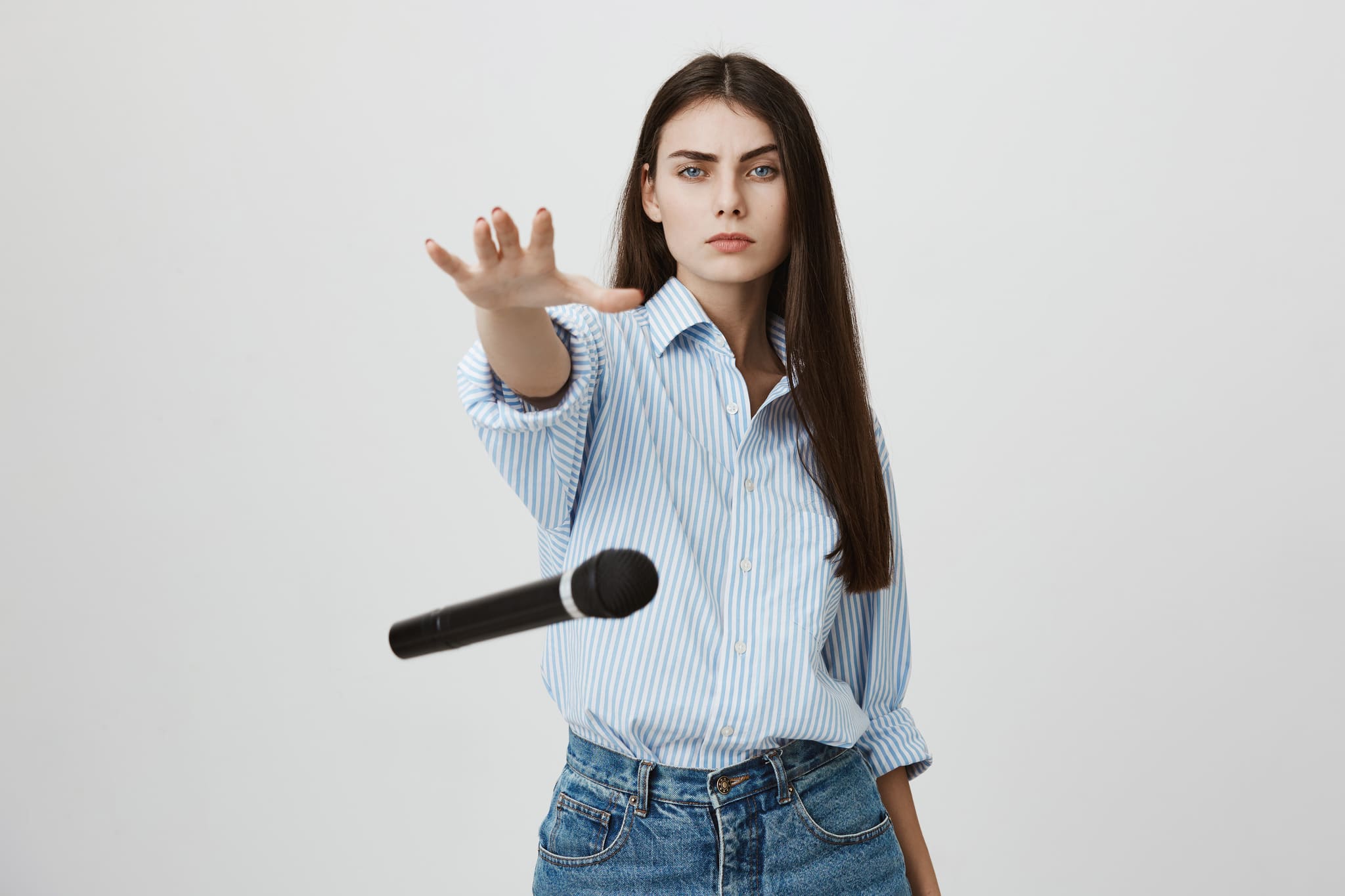Sweeping the dust off presentations with the magic of stories
We all know this moment in a long, tedious PowerPoint presentation: If we don’t feel attracted by the content or the presentation, we find it difficult to keep our eyes open and start thinking aboutthe shopping we still have to do by slide 49 at the latest. This is because to listen we activate our language center, which enables us to understand words, during presentations with key points listed next to each other. But nothing more.
From story to telling: tasting the sea on the tongue
A story, on the other hand, activates the parts of the brain that are actually needed to experience the narrative. When salty sea air is mentioned, the part of the brain responsible for taste or smell is stimulated. When the crime scene is described in detail in a crime thriller, we have the feeling of being right in the middle of the action. Even when we are told about physical movement, the part of the brain responsible for movement, the motor cortex, warms up. The more senses and images we activate in our heads, the more the content is internalized and the desire to continue listening grows.

As the billion-dollar entertainment industry shows, we are still extremely fascinated by good films, series and books. So why should our business presentations be dry as dust and not also work with stories? Complex explanations and trains of thought only become easy to understand through metaphors and anecdotes. The audience can sit back and follow the journey, just as the brains of our ancestors did thousands of years ago.
The audience on the hook: Hook, Hold and Payoff
A model from classic storytelling describes the situation of hook, hold and payoff – i.e. getting the audience’s attention, holding the audience’s attention and the conclusion in which this attention is rewarded. No matter where you look, in every movie, in every novel, even in the shortest commercials, this model is applied.
But how can speakers make use of this methodology for their own presentations? The human attention span is just eight seconds. Anyone who starts their presentation with the usual “Hello, my name is…” risks losing the audience rather quickly. The first few seconds are crucial, so even here the storytelling should be done in an unconventional way. Before the speaker can draw the audience in, he must first cast his hook. How about a personal anecdote, for example, to match the topic of the presentation? Or a simple question that introduces the audience to the topic in an easily understandable way and allows them to participate? The audience is thus picked up emotionally and given the opportunity to identify with the speaker. They are already captivated before the actual information is conveyed.
Leap into the here and now: Unfolding the magic of the beginning
Drew Houston, founder of Dropbox, gave a speech at his former university about his personal recipe for success. It started like this: „If I could slip my 22-year-old self a cheat sheet today, it would contain the following: A tennis ball, a circle and the number 30,000.” What a hook! You can be sure that everyone present wanted to know what would happen next. Don’t worry, the answer will come later.
Another example of how to grab the audience’s attention with full force right at the beginning comes from chef and food activist Jamie Oliver: “In the 18 minutes this talk lasts, four Americans will die because of the food they eat.” Here, too, the first sentence arouses so much curiosity that you can be sure everyone will be captivated.
From the central theme to the story: the listener travels with you
During the “hold” phase, the aim is to keep the audience on the edge of their seats and present the topic of the presentation in such a way that it remains exciting for them. What is the goal of the speech? What questions should be answered? Basically, it helps to take the most important elements of a story to heart in order to maintain interest for as long as possible. If the audience can understand an interesting hero, his goals, the conflicts that stand in his way, etc., they will also follow the story in the long term.

If you want to build up the suspense until the end, you can tease a story or information at the beginning or in the hold phase that nobody wants to miss. I’m sure you still want to know what the tennis ball, the circle and the number 30,000 are all about. Curiosity is a magnet that literally keeps the audience glued to your lips.
Saving the best for last: tennis ball, circle and 30,000
If you have captivated your audience with a strong presentation, it would be a shame to ruin it with a weak ending. The last sentence of a speech, the last slide of a presentation, is therefore important, too. Sentences like “That’s it. Any more questions?” or “My time is up, I’ll come to the end now.” don’t really do anything in terms of a satisfactory payoff. Instead, a speech, lecture or presentation should, for example, draw the whole picture again at the end, build a bridge back to the beginning, show the vision of where the journey can go or ask the audience to pass on or implement what they have just heard.

Because every story, and therefore every speech, should have a resolution at the end that closes the open emotions and questions of the audience, and ideally ends with the payoff – i.e. what the speaker wants to pass on to the audience. As an example of this and for the rest of your life, I’ll give you Dropbox founder Drew Houston’s recipe for success:
Tennis ball
“The tennis ball stands for something you’re really passionate about, something you can really commit to. The tennis ball always reminds me of my dog, because he always goes crazy when I play with him and throw the ball.”
Payoff: The most successful entrepreneurs all have something they are obsessed with. The idea is to encourage people to feel this kind of energy and motivation themselves.
Circle
“You are the average of your closest five friends, so you should also make sure that you surround yourself with people who want the best for you and make the best of you. So that you can bring out the best in yourself.”
Payoff: The circle is a reminder of your closest friends and that you should choose the people in your life well.
30.000
“When I was 24 years old, I once read that most people live about 30,000 days. So make the most of every single one of these days that life gives you.”
Payoff: The number 30,000 is supposed to stand for getting the best out of life.
Share this article









